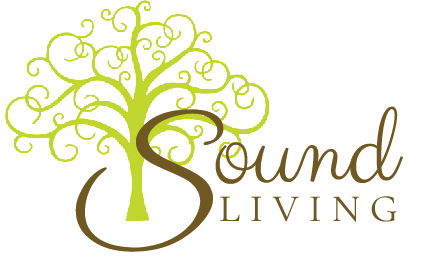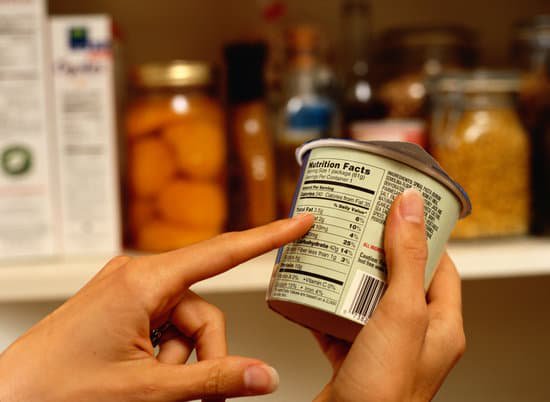Have you ever felt overwhelmed when you go to the grocery store to purchase healthy foods? The fruits and vegetables area may be fairly straight forward but how do you navigate the rows and rows of pre-packaged products.
The best place to start is learning how to read the food labels. A little practice and a systematic approach to reading food labels goes a long way and gives you a clear thumbs-up or thumbs-down to the packaged food you are considering eating or buying. It may take a little more time to grocery shop but your health is worth the investment and the criteria you are about to learn will become second nature over time!
5 things to look for when reading food labels
- Read the ingredients in the order in which they are written.
Why is this important? Ingredients are listed in order of their quantity. This means that if sugar is the first ingredient listed, then the product is mostly sugar and similarly, if corn syrup is listed third, then the product contains a lot of it! If there are twenty or more ingredients—most of which are chemical names that you can’t pronounce—put the product back on the shelf and walk away. It’s best to go for products with minimal ingredients like 3 to 5 max that contain food ingredients that you can identify as food.
2. Watch out for food “product” ingredients and misnomers.
This is the opposite of looking out for food ingredients that you can identify as food. This means being on the lookout for potentially harmful ingredients that are added to a product such as preservatives, additives, and a host of other toxic chemicals to extend shelf-life, alter color, and enhance flavor.
You have to be super attentive to misnomers too because oftentimes harmful ingredients are disguised with scientific sounding names to trick consumers such as hydrogenated vegetable oil, which is a fancy word for trans fats. It’s especially important to look out for ingredients that you know you don’t tolerate well such as casein, gluten, soy, and corn.
3. Learn about and understand complicated chemical names and acronyms.
The reason why this is so important is that these automatically mean that the product contains a host of preservatives, artificial flavours, colours, and sweeteners. Examples of preservatives to limit or avoid include
- BHT (preservative used to stabilize fats and preserve flavor, color, smell)
- BHA (preservative that prevents fats in the product going rancid)
- TBHQ (a toxic preservative used to extend shelf-life and prevent rancidity).
Colour dyes, for example, are easy to spot as they are numbered as such: Blue #1 Brilliant Blue, Blue #2 Indigo Carmine, Citrus Red #2, If a “food” product comes in a colour that you can’t identify in nature, then assume that it is chemically altered. Be especially cautious of cereals and candy marketed to children.
The most popular artificial sweeteners used in “food” products that are notorious for causing a host of health issues are: Acesulfame-K, Aspartame, Equal®, NutraSweet®, saccharin, Sweet’n Low®, Sucralose, Splenda® and Sorbitol. Also, beware of foods labeled non-fat, low-fat and fat-free since they generally contain substitute chemicals to compensate including artificial sweeteners.
4. Focus on the serving size listed on the label.
The serving size is often there to make the rest of the Nutrition Facts Box appear reasonable to the consumer. For example, a person may eat a “normal” serving of three cookies at a time, which would result in 270 calories and 39 grams of carbohydrates. So, companies instead list the serving size on the cookie box as one, which only contains 90 calories and tricks the consumer into thinking they’ll be consuming less calories, which is only the case if they eat one cookie instead of three.
5. Think broader than the % Daily Value listed.
Companies are required to list the % Daily Value on their “food” product labels but remember that the best nutrition doesn’t come in a packaged box. So, don’t rely on labels for your nutritional intake. Instead, focus on getting the large majority of your macronutrients and micronutrients from whole food grown in Mother Nature’s earth and if you must purchase packaged food, read the labels and get educated. It’s your best way to ensure your optimal health.
(adapted from Health Coach Institute)
If you would like to learn more about healthy eating, join me in a free 45 minute virtual/phone consultation to explore your wellness goals and what might be getting in the way. Connect today at www.soundliving.ca
Ann-Marie Deas, M.S.W., R.S.W., R.H.& L.C.
Ann-Marie is a registered Social Worker and Health & Life Coach with over 30 years experience in Social Work and Children’s Mental Health. She is the founder of ‘Sound Living – Transformational Coaching, Counselling, and Consulting’ and can be reached here.

